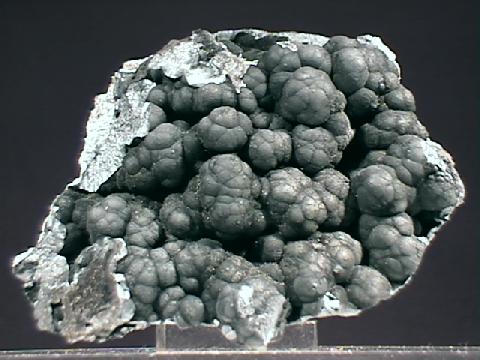



Quote: Originally posted by Pinkhippo11  |
 it is about 1/10th the brightness of uranium glass I have( good stuff, quite bright)
it is about 1/10th the brightness of uranium glass I have( good stuff, quite bright)Quote: Originally posted by Random  |
Quote: Originally posted by elementcollector1  |
Quote: Originally posted by Morgan  |
Quote: Originally posted by Morgan  |
Quote: Originally posted by Morgan  |

Quote: Originally posted by Morgan  |
 :
:Quote: Originally posted by Morgan  |
| Quote: |
 I've got a few Aquamarines with cool looking muscovite all over them that would pertain to this particular discussion.
Those will be first, & then maybe a ton of natural pyrite samples I've got in a cigar box somewhere a bit later.
I've got a few Aquamarines with cool looking muscovite all over them that would pertain to this particular discussion.
Those will be first, & then maybe a ton of natural pyrite samples I've got in a cigar box somewhere a bit later.Quote: Originally posted by Pathos  |
| Quote: |
Quote: Originally posted by Pinkhippo11  |
Quote: Originally posted by bfesser  |
Quote: Originally posted by chemrox  |
| Quote: |
Quote: Originally posted by Morgan  |
Quote: Originally posted by Morgan  |

 ...I was pretty stoked to see how well the "phantoms" and
bevelled edges showed up in the first fluorite pic. That's probably one of my fav crystals. It was *flawless* the day I got it - and later that same
day I was doing some homework and put it on the base of my lamp so I could get a better look at it. Needless to say I somehow knocked it off, and it
fell a distance of 1 inch onto the desk below. That's what caused the noticeable 'ding' just to the left of the bottom-point in the diamond-oriented
cube...so weak...
...I was pretty stoked to see how well the "phantoms" and
bevelled edges showed up in the first fluorite pic. That's probably one of my fav crystals. It was *flawless* the day I got it - and later that same
day I was doing some homework and put it on the base of my lamp so I could get a better look at it. Needless to say I somehow knocked it off, and it
fell a distance of 1 inch onto the desk below. That's what caused the noticeable 'ding' just to the left of the bottom-point in the diamond-oriented
cube...so weak... , others hide the truth in
fine print; some are ambiguous (e.g. <a href="http://www.ebay.com/itm/331120436704" target="_blank">"DINO: RAINBOW BISMUTH Crystal Mineral
Specimen - 33 gr. Germany"</a> <img src="../scipics/_wiki.png" />
, others hide the truth in
fine print; some are ambiguous (e.g. <a href="http://www.ebay.com/itm/331120436704" target="_blank">"DINO: RAINBOW BISMUTH Crystal Mineral
Specimen - 33 gr. Germany"</a> <img src="../scipics/_wiki.png" /> , and
a few just lie outright.
, and
a few just lie outright.Quote: Originally posted by blargish  |
Quote: Originally posted by Morgan  |
 Clasts</td><td align="center">show their color better when
wet</td></tr></table>
Clasts</td><td align="center">show their color better when
wet</td></tr></table> , an area near Peterborough with really cool limestone Karst formations (Ordovician period). I didn't take many photos
because I only had my phone with me, but here are a few:
, an area near Peterborough with really cool limestone Karst formations (Ordovician period). I didn't take many photos
because I only had my phone with me, but here are a few:Quote: Originally posted by Morgan  |